Experience Ontario’s winter wilderness at its most enchanting as local zoos and wildlife centers transform into serene snow-covered sanctuaries. Against pristine white landscapes, red foxes, snow-capped bison, and hardy northern species become even more visible, creating exceptional wildlife viewing opportunities. Winter visits offer unique advantages: reduced crowds mean more intimate animal encounters, while snow-tracked paths reveal fascinating animal behavior patterns normally hidden during warmer months. Bundle up for an unforgettable adventure where you’ll witness arctic wolves padding through fresh powder, otters sliding playfully across frozen ponds, and snowy owls perched majestically in frost-covered trees. From the Toronto Zoo’s Terra Lumina night walks to Algonquin’s Wolf Howls, winter zoos showcase Ontario’s remarkable wildlife in their most natural state, offering photographers and nature enthusiasts unparalleled access to the wild heart of the province.
Wildlife Viewing Hotspots in Ontario’s Winter Wonderland
Algonquin Park’s Moose and Wolf Territory
Winter in Algonquin Park offers an unparalleled opportunity to witness the fascinating relationship between moose and wolves in their natural habitat. As the snow blankets the landscape, these magnificent creatures become easier to spot against the white backdrop, especially during early morning hours along Highway 60.
For the best chances of spotting moose, head to the park’s numerous salt pools near the roadway, where these majestic animals often gather. Morning visitors might catch glimpses of wolf packs tracking their prey through the snow, with their tracks telling stories of nighttime hunts.
Local tip: Join a guided winter wildlife tracking program with park naturalists who can help you identify animal signs and share fascinating insights about the predator-prey relationship. These tracks in the snow create nature’s own storybook, revealing the hidden lives of the park’s largest inhabitants.
Remember to maintain a safe distance and bring binoculars for the best viewing experience. Winter weekdays tend to be quieter, offering more intimate wildlife encounters. Keep your camera ready, but stay in your vehicle when observing these impressive animals – it’s safer for both you and the wildlife.
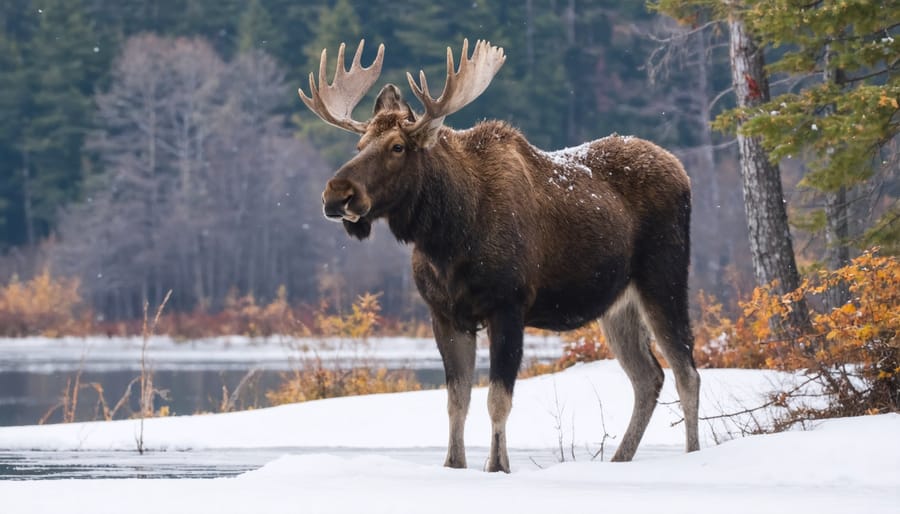
Bird Watching Paradise at Presqu’ile
Presqu’ile Provincial Park transforms into a bird watcher’s haven during the winter months, offering some of the most rewarding winter bird watching activities in Ontario. Bundle up and grab your binoculars to spot majestic Snowy Owls perched on ice-laden branches or watch as Long-tailed Ducks bob gracefully in the frigid waters of Lake Ontario.
The park’s diverse habitats, from frozen marshlands to sheltered woodlands, attract an impressive variety of winter residents. Keep your eyes peeled for Northern Cardinals adding splashes of vibrant red against the snow, and listen for the cheerful calls of Black-capped Chickadees. On lucky days, you might even spot rare visitors like Snow Buntings or Evening Grosbeaks feeding at the park’s maintained winter feeders.
Pro tip: Visit during early morning hours when birds are most active, and don’t forget to stop by the Nature Centre for updated sighting reports and warm-up breaks. The lighthouse area offers particularly good viewing opportunities, with unobstructed views of waterfowl gathering in the bay. Remember to bring a field guide and hot thermos – winter birding is as much about the cozy experience as it is about the wildlife!
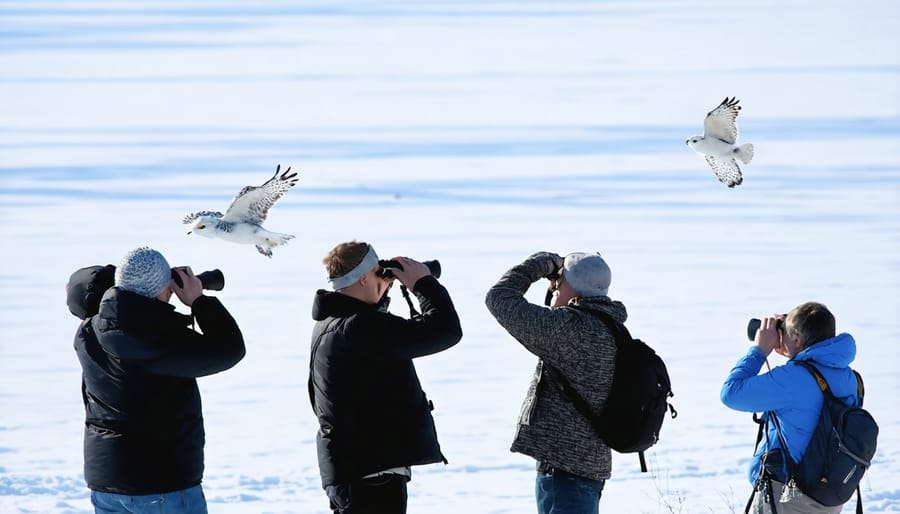
Essential Winter Wildlife Viewing Tips
Best Times and Conditions for Viewing
Winter wildlife viewing is at its best during the early morning hours, particularly between 7:00 AM and 10:00 AM when many animals are most active. Another prime viewing window occurs in the late afternoon, from about 3:00 PM until dusk, as wildlife prepares for the evening.
Clear, sunny days after a fresh snowfall offer excellent spotting opportunities, as animal tracks are easily visible and the bright conditions improve visibility. Overcast days can also be surprisingly good for wildlife watching, as many animals feel more comfortable moving about when it’s not too bright.
For the best experience, plan your visit during weekdays when trails and viewing areas are less crowded. The quieter atmosphere increases your chances of spotting shy wildlife. December through February typically offers the most reliable viewing conditions, with January being particularly good for spotting winter-active species like foxes and deer.
Temperature plays a crucial role in animal activity. Days hovering around -5°C to -10°C tend to be ideal, as animals are more likely to be moving around to stay warm. During extreme cold snaps (below -20°C), wildlife activity usually decreases as animals conserve energy.
Pro tip: Visit during or immediately after a light snowfall – this is when many animals are most active as they search for food that may have been covered by fresh snow. Remember to dress in layers and bring binoculars for the best viewing experience!
Safety and Etiquette
Observing wildlife in winter requires extra care and consideration for both your safety and the animals’ well-being. Always maintain a respectful distance from the animals, as winter can be a particularly stressful time for them. Even if they appear docile, remember these are wild creatures adapting to challenging conditions.
Bundle up appropriately for your visit, wearing layers and insulated, waterproof boots. The viewing areas can be slippery, so walk carefully and stick to designated paths. Bringing a thermos of hot chocolate or tea can make your wildlife watching more enjoyable, but remember to pack out what you pack in.
When photographing animals, avoid using flash as it can startle them. If you’re bringing children, remind them to use quiet “indoor voices” to avoid disturbing the wildlife. Many animals are more active during dawn and dusk in winter, so timing your visit during these periods can enhance your viewing experience.
Consider joining a guided tour if available – experienced naturalists can help you spot animals while sharing fascinating insights about their winter survival strategies. They’ll also ensure you’re following proper viewing protocols.
Keep your car well-maintained if driving to viewing areas, and always check weather conditions before heading out. Having an emergency kit in your vehicle is essential during winter months. Remember, patience is key when wildlife watching – sometimes the most memorable encounters happen when you least expect them.
Winter Wildlife Photography Tips
Capturing winter wildlife requires a special touch, but the results can be absolutely magical. Here in Ontario, the pristine snow creates the perfect backdrop for stunning wildlife photography. Let me share some tried-and-true tips that’ll help you snap those perfect shots!
First, protect your gear. Winter can be tough on cameras, so pack your equipment in insulated bags and bring extra batteries – they drain faster in cold weather. A handy trick is to keep spare batteries in an inside pocket where your body heat will keep them warm.
Exposure settings are crucial in winter scenes. The bright, white snow can fool your camera’s meter, often resulting in underexposed images. Try overexposing by about 1-2 stops to compensate, or use your camera’s snow/beach mode if available. Keep an eye on your histogram to ensure you’re capturing all those beautiful details.
Timing is everything for wildlife photography. Early morning and late afternoon offer the best lighting conditions, plus these are typically the most active times for animals. In winter, you’ve got a bonus – the “golden hour” lasts longer, giving you more opportunities for that perfect shot.
Dress appropriately with fingerless gloves or thin liner gloves under mittens. You’ll need to balance warmth with the ability to operate your camera controls. Hand warmers are your best friends during long waiting periods!
For composition, look for contrasts. Dark animals against white snow create striking images, and don’t forget to capture behavior – animals interacting with their winter environment make for compelling photographs. Sometimes, including habitat elements like frost-covered branches or snow-laden trees can add context and depth to your wildlife shots.
Remember to maintain a respectful distance from wildlife. Using a longer lens (300mm or greater) allows you to capture intimate portraits without disturbing the animals. Consider bringing a monopod for stability – it’s lighter than a tripod and easier to maneuver in snow.
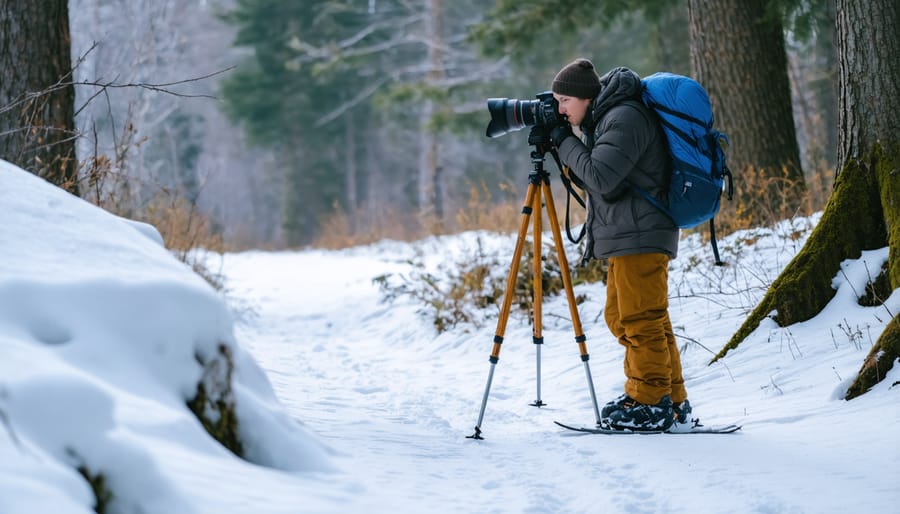
Combining Wildlife Viewing with Winter Sports
Combining wildlife viewing with other winter activities in Ontario Parks creates an unforgettable outdoor experience. Snowshoeing and cross-country skiing offer perfect opportunities to spot wildlife while enjoying your favorite winter sports.
When heading out on the trails, pack your binoculars and camera in an easily accessible pocket. Animals are most active during dawn and dusk, so plan your adventure around these prime viewing times. Move quietly and slowly along the trails – this not only conserves your energy but also increases your chances of spotting wildlife without startling them.
Look for animal tracks in the fresh snow while skiing or snowshoeing. These tell-tale signs can lead you to areas where wildlife frequently visits. Common winter residents like chickadees, nuthatches, and cardinals often gather near evergreen stands, while deer and fox tracks typically appear near forest edges and meadows.
Pro tip: Pack some trail mix and take periodic breaks at designated viewing areas. These stops not only help you catch your breath but also give you time to scan the surroundings and observe wildlife in their natural habitat. Many parks have specially designed viewing blinds along ski trails where you can quietly watch for animals.
Remember to maintain a respectful distance from any wildlife you encounter. Bring a small field guide or download a wildlife identification app to help you recognize different species. The combination of exercise and wildlife observation makes for an enriching winter experience that connects you deeply with nature while staying active in the cold months.
Winter wildlife viewing in Ontario Parks offers a truly magical experience that many visitors overlook. The pristine snow-covered landscapes provide the perfect backdrop for observing animals in their natural habitat, while smaller crowds mean more intimate encounters with nature. From spotting white-tailed deer foraging in the forest to watching hardy winter birds at feeders, these cold-weather adventures create lasting memories. Whether you’re an experienced nature enthusiast or a family looking for a unique weekend activity, Ontario’s parks transform into natural winter zoos that showcase the resilience and beauty of our native wildlife. Bundle up, bring your camera, and discover the wonderful world of winter wildlife – you might just find yourself falling in love with the quieter side of our parks.










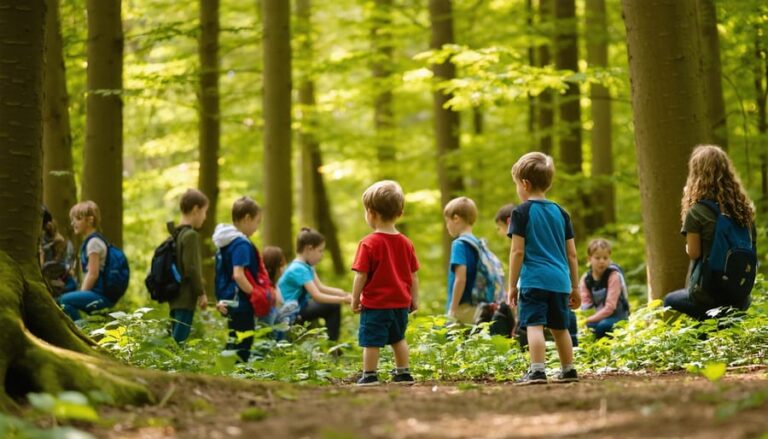
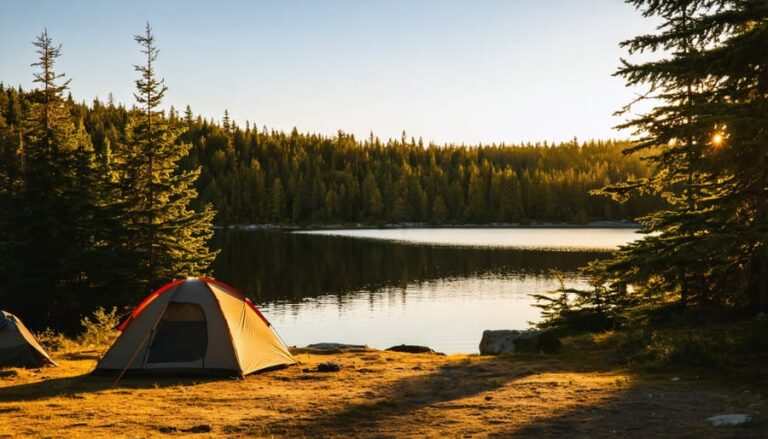
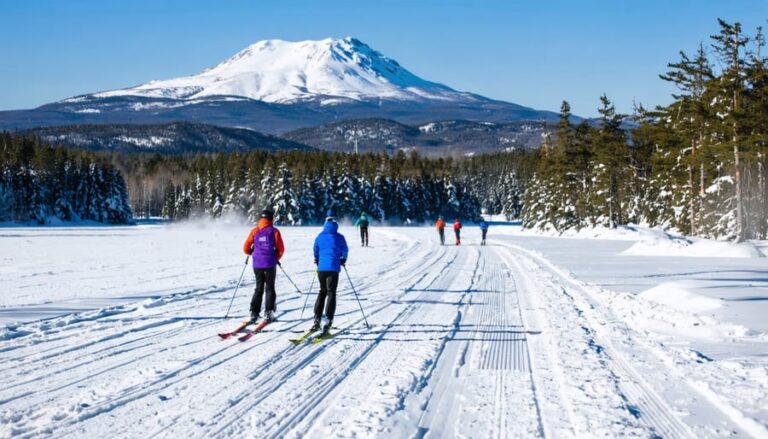

+ There are no comments
Add yours